On Episode #190 of the PricePlow Podcast, Mike and Ben host a special round-robin format from SupplySide Global 2025, recorded live at the ONE Innovation Labs booth. This episode showcases the collaborative power of the supplement industry, featuring conversations with Dr. Pedro Perez and Anthony Armas (ONE Innovation Labs), Katie Emerson and Karen Todd (Kyowa Hakko), Dan Force (Prinova), Zain Saiyed (Lonza), Dr. Benjamin Weeks (Adelphi University), and Nathan McWherter (Sports Research).

Dr. Pedro Perez and Anthony Armas of ONE Innovation Labs host a round-robin collaboration showcase at SupplySide Global 2025, featuring Kyowa Hakko, Prinova, Lonza, Adelphi University, and Sports Research discussing LiposoMax® liposomal technology and DUOCAP® innovations on Episode #190 of the PricePlow Podcast.
The Miami-based ingredient innovator behind PureWay-C® is making waves with their LiposoMax® liposomal delivery platform, and this episode demonstrates how pharmaceutical-grade technology is transforming supplement formulation across multiple categories. From Setria® Glutathione to creatine monohydrate, from DUOCAP® capsule-within-capsule technology to ready-to-drink applications, this conversation reveals how genuine innovation creates opportunities throughout the supply chain.
Beyond technical discussions about phospholipid complexes and cellular uptake kinetics, this episode tells the story of how ingredient suppliers, distributors, technology partners, and brands collaborate to bring differentiated products to market. If you're a formulator seeking to understand how delivery technology can justify premium positioning, or a brand builder looking for genuine scientific differentiation, this episode provides a masterclass in strategic partnerships that create value at every level.
Subscribe to the PricePlow Podcast on Your Favorite Service (RSS)
https://blog.priceplow.com/podcast/one-innovation-labs-liposomax-190
Video: ONE Innovation Labs Round Robin at SupplySide Global 2025
Podcast: Play in new window | Download (Duration: 1:05:43 — 68.5MB)
Detailed Show Notes: Pharmaceutical-Grade Innovation Meets Industry Collaboration
-
0:00 - Introduction: The Innovators Behind PureWay-C®
Mike and Ben welcome Dr. Pedro Perez, founder and Chief Science Officer of ONE Innovation Labs, along with Anthony Armas, CEO and partner. Pedro brings an impressive pedigree to the nutraceutical space, with a PhD in chemistry and 24 years building ONE Innovation Labs after decades in pharmaceutical consulting. His passion for the work is immediately evident when he describes his mission: developing technology to enhance bioavailability of clinical ingredients.
Pedro's background in pharmaceutical delivery systems informs every aspect of ONE Innovation Labs' approach. Rather than simply mixing ingredients and hoping for the best, the company applies rigorous chemical engineering principles to create genuine encapsulation systems. This pharmaceutical mindset separates them from competitors making liposomal claims without the science to back them up.
Anthony joined the company in 2019, bringing business infrastructure expertise that transformed Pedro's innovation-focused operation into a scalable enterprise. The partnership combined Pedro's scientific genius with Anthony's operational systems, culminating in their 40,000 square foot pharmaceutical-spec manufacturing facility in Miami Lakes, Florida. Together, they're positioned to supply major brands with differentiated ingredients backed by clinical research.
The conversation establishes context around PureWay-C®, ONE Innovation Labs' foundational product that's been the gold standard for enhanced vitamin C delivery since the early 2000s. Brands like GHOST, Vital Proteins, and Sports Research trust PureWay-C® because it delivers what the clinical studies promise: superior cellular uptake and retention compared to standard ascorbic acid. This track record of performance provides the foundation for their newest platform technology.
-
4:45 - The LiposoMax® Platform: True Liposomal Technology
Pedro explains how LiposoMax® represents the evolution of their delivery technology. While PureWay-C® utilizes lipid metabolites (fatty acids combined with citrus bioflavonoids), LiposoMax® employs genuine liposomal encapsulation using a proprietary multi-phospholipid complex. This isn't simply following market trends, it's pushing the boundaries of what liposomal delivery can achieve in nutraceutical applications.
The secret supplier behind GHOST, Vital Proteins & Sports Research has been hiding in plain sight. One Innovation Labs created the PureWay-C® technology these major brands rely on. Their latest innovations could reshape supplement formulation entirely.
The technical distinction matters enormously. Many products claiming liposomal delivery are actually just ingredients mixed with sunflower lecithin, creating what Pedro dismissively calls "emulsions." True liposomes require specific phospholipid concentrations and processing methods that create bilayer structures capable of fusing with cellular membranes. ONE Innovation Labs uses approximately 30% phospholipid concentration compared to the 2% often seen in competitors' formulations.
Anthony emphasizes three critical factors that differentiate LiposoMax® Technology: composition, process, and uses. The composition employs a full concert of phospholipids rather than single-source lecithin, creating what Pedro describes as an "entourage effect" where different phospholipids work synergistically. The process involves proprietary chemical reactions that ensure successful encapsulation rather than simple mixing. The uses span multiple delivery formats from water-dispersible powders to oils, enabling formulation flexibility across capsules, beverages, and soft gels.
Verification comes through Transmission Electron Microscopy (TEM), which proves liposomes exist in the final product. Their Cryo-TEM images show uniformly distributed liposomes in multiple configurations: unilamellar (single-layer), multilamellar (multiple layers), and multivesicular (compartmentalized internal structures). This level of analytical proof separates genuine liposomal technology from marketing claims, providing formulators with confidence that the delivery system survives manufacturing and storage.
-
10:45 - Kyowa Hakko: Elevating Setria® Glutathione with LiposoMax®
Katie Emerson and Karen Todd from Kyowa Hakko join the conversation to discuss their collaboration combining Setria® Glutathione with LiposoMax® Technology. Karen, VP of Global Brand Marketing with over 20 years at Kyowa, explains how the partnership came together through industry veterans recognizing the synergy between Kyowa's fermentation-produced glutathione and ONE Innovation Labs' delivery platform.
ONE Innovation Labs applies pharmaceutical-grade liposomal technology to glutathione supplementation. LiposoMax® Glutathione shows 2x faster cellular uptake vs standard forms, addressing the bioavailability challenges that limit traditional glutathione effectiveness.
Katie outlines Kyowa's manufacturing approach, emphasizing their parent company Kirin Holdings' fermentation expertise (the same technology behind Ichiban beer). All Kyowa ingredients undergo rigorous third-party testing for safety and efficacy, with clinical research substantiating every claim. This scientific rigor aligns perfectly with ONE Innovation Labs' pharmaceutical-grade mentality, creating a partnership where both companies prioritize data over marketing hype.
The pharmacokinetic advantages of combining Setria® with LiposoMax® Technology become clear as Pedro describes the research. Standard glutathione faces massive degradation in the digestive tract, with enzymes breaking down the tripeptide structure before it reaches circulation. Liposomal encapsulation protects glutathione through this hostile environment while enhancing cellular uptake once it reaches target tissues. Early data shows significantly faster absorption compared to non-liposomal forms.
Pedro reveals ongoing clinical research examining both absorption kinetics and cellular function. The team is testing how quickly liposomal Setria® reaches cells and measuring inflammatory markers to demonstrate functional benefits. Katie points out the significance of achieving acute effects, noting that while Setria® has excellent long-term benefits, adding rapid-onset claims through liposomal delivery expands the ingredient's application possibilities considerably.
-
14:45 - Topical Applications and the Recycling Properties
The conversation takes an interesting turn when discussing topical applications of glutathione. Katie confirms that glutathione can be used topically but requires stabilization technology since it's highly unstable in water-based formulations. The antioxidant properties that make glutathione beneficial also make it reactive and prone to degradation. Liposomal encapsulation solves this stability challenge, enabling serum and cream applications for skin health.
Pedro adds context around glutathione's critical role as the body's master antioxidant, present in every cell and responsible for neutralizing reactive oxygen species. The tripeptide composed of glutamine, cysteine, and glycine serves multiple functions beyond direct antioxidant activity, including regenerating other antioxidants like vitamins C and E. This recycling property creates synergistic effects when glutathione is combined with other antioxidants in formulations.
Katie highlights the "full circle" moment connecting to their previous podcast discussion about intravenous versus oral glutathione administration. IV glutathione provides rapid systemic distribution but comes with cost, invasiveness, and safety considerations that limit consumer access. Liposomal delivery bridges this gap, offering enhanced oral bioavailability that approaches IV benefits while maintaining the convenience and affordability of supplementation.
The clinical research pipeline includes studies on immune function markers, skin health parameters, and combinations with complementary ingredients. Katie expresses particular excitement about liposomal Setria®'s potential in beauty-from-within applications, where glutathione's role in collagen synthesis and protection against oxidative damage supports skin elasticity and even tone. The enhanced absorption means lower doses can achieve comparable tissue levels, improving both efficacy and consumer compliance.
-
20:30 - Prinova Partnership: Bringing LiposoMax® Creatine to Market
Dan Force from Prinova, North America's largest creatine distributor, joins to discuss their strategic partnership around LiposoMax® Creatine. Force brings perspective from the commodity ingredient side, where his company handles massive volumes of standard creatine monohydrate. His enthusiasm for ONE Innovation Labs' technology reveals how even established ingredient giants recognize when genuine innovation creates market opportunities.
Force articulates the challenge facing the creatine category succinctly: differentiation based on purity has hit diminishing returns. When you're comparing 98.5% versus 99.5% assay, the actual functional difference for consumers is negligible. The industry has been "splitting hairs" over decimal points while missing the larger opportunity to improve how creatine actually works in the body. LiposoMax® Creatine shifts the conversation from cleaner to more effective.
Anthony explains the significance of this partnership from ONE Innovation Labs' perspective. Prinova built their reputation on supply chain expertise, quality assurance, and reliable availability at scale. When Prinova validates an innovation as commercially viable and scientifically credible, it carries weight throughout the industry. Their customer relationships span contract manufacturers, brands, and retailers across food-drug-mass channels, providing market access that would take years to develop independently.
The collaboration model leverages complementary strengths perfectly. Prinova handles distribution logistics, inventory management, and customer relationships they've cultivated over decades. ONE Innovation Labs provides formulation expertise, clinical data, and technical support. For brands and contract manufacturers, this means one-stop convenience through Prinova's established systems combined with deep scientific backing from the technology innovator.
-
25:15 - The Science Behind LiposoMax® Creatine
Pedro dives into creatine's fundamental role in cellular energy metabolism, explaining the phosphagen system that makes creatine so valuable. When cells experience high metabolic demand, ATP depletion can trigger formation of reactive oxygen species instead of usable energy. Creatine serves as a phosphate reservoir through phosphocreatine, enabling rapid ATP regeneration when cells need it most and preventing the metabolic crisis that generates oxidative stress.
This mechanism explains why creatine functions as an antioxidant not by directly scavenging free radicals but by maintaining ATP availability and preventing ROS formation in the first place. Higher intracellular creatine concentrations mean better phosphate buffering, translating to more efficient energy metabolism and reduced oxidative stress. This antioxidant angle represents a significant positioning opportunity as creatine expands beyond sports performance into general wellness.
Natural creatine concentrations vary dramatically between tissue types: skeletal muscle and immune cells contain 20-50 mM, brain and neurons hold 5-20 mM, and most other cells maintain 1-3 mM. This variance explains why creatine supplementation benefits extend far beyond muscle performance. Any cell experiencing high metabolic demand benefits from increased phosphate buffering capacity, whether neurons supporting cognitive function, immune cells responding to pathogens, or cardiac muscle maintaining rhythm.
The cellular delivery challenge becomes apparent when Pedro describes how standard creatine relies on specific membrane transporters that become saturated. Beyond certain thresholds, additional creatine simply isn't absorbed efficiently. This transporter bottleneck explains why the standard 5-gram dose became ubiquitous: it's the amount needed to compensate for absorption inefficiency rather than optimal cellular uptake. Liposomal encapsulation bypasses these limitations entirely.
-
28:45 - Clinical Data: Two Times Cellular Absorption
Dr. Benjamin Weeks from Adelphi University, who conducted the cellular uptake research, describes the absorption kinetics as "linear rather than sigmoidal." This technical distinction reveals how liposomal creatine bypasses the saturation curve limiting standard creatine absorption. Think of it as a fast pass circumventing normal entry gates, allowing more creatine to reach cells faster and sustain elevated concentrations longer.
The published research using murine neuronal cells compared LiposoMax® Creatine against standard non-liposomal creatine at 10mM concentration. Cells were treated and thoroughly rinsed to ensure measurements reflected only absorbed material. At one hour, liposomal delivery showed 1.5-fold increased cellular uptake. By three hours, this advantage nearly doubled and sustained through twelve hours. Area under the curve analysis demonstrated LiposoMax® Creatine delivers approximately double the intracellular concentration.
The mitochondrial protection study provides even more compelling evidence of functional benefits. Using hydrogen peroxide to induce oxidative stress, researchers measured cellular viability through MTT assay quantifying mitochondrial enzyme function. The oxidative challenge reduced cell viability by approximately 60%. Standard creatine at 0.1 mM provided no significant protection, at 1.0 mM achieved partial recovery to 60-65% viability, and at 10 mM restored roughly 80-85% viability.
LiposoMax® Creatine told a dramatically different story. At 0.1 mM, viability restored to approximately 70% (statistically significant). At 1.0 mM, viability reached 85-90% (significantly better than standard creatine). At 10 mM, only LiposoMax® Creatine achieved complete restoration to 100% viability, demonstrating superior cellular protection against oxidative stress. These aren't marginal improvements but game-changing differences that justify premium positioning.
-
32:00 - Creatine's Mainstream Moment
Force highlights the demographic shift driving creatine's evolution beyond sports nutrition. The 20-40 year old female consumer segment now drives growth in food-drug-mass channels, interested in creatine for cognitive support, metabolic health, active aging, and energy rather than just muscle building. His observation about Costco end caps signals a fundamental market change: when wholesale clubs position creatine prominently in main aisles, they're targeting mainstream family shoppers.
Ernesto Bruguera from ONE Innovation Labs notes something that would have seemed impossible a decade ago: creatine is now recommended for both geriatric and pediatric populations. Older adults benefit from muscle maintenance, cognitive function, and cellular energy as natural creatine levels decline with age. Emerging research on pregnancy safety and developmental benefits suggests appropriate applications even in younger demographics. This represents a complete transformation from creatine's hardcore sports nutrition origins.
The antioxidant positioning makes particular sense for these new demographics. While athletes understand creatine's performance benefits intuitively, wellness consumers respond to cellular energy, brain health, and anti-aging claims. Pedro's explanation of how creatine prevents ROS formation by maintaining ATP availability rather than scavenging free radicals provides scientific backing for these broader applications. It's not about building bigger muscles but about supporting optimal cellular function across all tissues.
Force emphasizes the formulation advantages of improved bioavailability, particularly for gut-sensitive consumers and non-traditional delivery formats. Standard 5-gram creatine dosing creates constraints: gummies become impractical, beverages face solubility challenges, and some consumers experience GI distress. If 2.5-3 grams of LiposoMax® Creatine delivers equivalent benefits, suddenly new format possibilities and market segments open up. This positions liposomal creatine as a premium option for specific applications rather than commodity replacement.
-
37:00 - Format Flexibility: From Beverages to Soft Gels
Anthony details the multiple delivery formats ONE Innovation Labs developed before launching LiposoMax® Creatine commercially. The water-dispersible powder format enables ready-to-drink beverages and drink mixes without solubility issues. Fine and extra-fine powder options accommodate capsule filling and tableting. Oil formats work for soft gels and liquid applications. Each format maintains liposomal structure through manufacturing, storage, and consumption.
Stability testing confirms the liposomal structure survives various processing conditions. This technical achievement separates genuine liposomal ingredients from products that claim encapsulation but can't prove it exists in the final form. For beverage applications specifically, Pedro's team tested hot-fill processing and ambient storage, demonstrating that LiposoMax® technology withstands the challenging conditions required for commercial RTD production.
The conversation touches on beverage stability challenges that have plagued creatine innovation for years. While powder creatine is straightforward, getting stable creatine into ready-to-drink formats requires sophisticated technology. Many attempts have failed because creatine degrades rapidly in liquid environments, especially under acidic conditions or elevated temperatures. ONE Innovation Labs' pharmaceutical-grade approach finally solves these formulation headaches that limited creatine's format versatility.
Force notes increasing interest from gut health brands wanting to enter the creatine category. The lower effective dose through enhanced bioavailability provides a brand story that syncs with digestive wellness positioning. Rather than loading consumers with 5 grams of powder that might cause GI distress, brands can offer 2-3 gram servings that deliver equivalent benefits with better tolerability. This creates premium positioning opportunities in a category typically dominated by commodity pricing.
-
39:30 - Lonza Partnership: The DUOCAP® Revolution
Zain Saiyed from Lonza joins to discuss their collaboration on DUOCAP® technology, which represents capsule-within-capsule innovation enabling entirely new formulation possibilities. Zain oversees R&D for Lonza's dosage solutions and ingredients business, bringing deep expertise in delivery systems that solve formulation challenges other technologies can't address. His enthusiasm for ONE Innovation Labs' platform reveals how top-tier suppliers recognize genuine innovation.
The DUOCAP® concept is elegantly simple yet technically sophisticated: a liquid-filled outer capsule (using Lonza's Licaps® technology) contains a pre-filled inner capsule holding powder, pellets, or additional liquids. This innovation allows combining incompatible ingredients or creating customized release profiles impossible with single-capsule systems. Lonza's research shows 70% of consumers prefer taking one DUOCAP® over two separate products, validating the convenience advantage.
Zain explains specific applications where DUOCAP® technology provides distinct advantages. Oxygen-sensitive ingredients like probiotics or moisture-sensitive compounds benefit from the protective barrier of dual encapsulation. The inner capsule can employ different polymer compositions for delayed release while the outer capsule opens immediately, enabling sequential delivery of multiple actives. This flexibility transforms formulation possibilities for combination products.
The partnership with ONE Innovation Labs creates a powerful synergy. Lonza brings world-class capsule technology and manufacturing expertise. ONE Innovation Labs contributes their LiposoMax® liposomal platform with proven bioavailability advantages. Together, they're creating what Zain calls "best in class ingredient delivery technology combined with best in class application technology." The first application features Liposomal PureWay-C®, but the platform's potential extends across the entire ingredient spectrum.
-
44:15 - Advanced Release Profiles and Formulation Strategies
Mike asks about timing parameters for ingredients like caffeine, wondering if DUOCAP® technology could deliver two distinct caffeine hits from a single capsule. Zain confirms this is absolutely possible by using immediate-release outer capsules with delayed-release inner capsules. The formulator can customize release timing by selecting appropriate polymer combinations, potentially delivering the first caffeine boost immediately and a second wave 2-4 hours later for sustained energy without crashes.
Zain describes an even more sophisticated approach: creating caffeine beadlets with functional coatings inside the inner capsule. This adds a third level of release control where the inner capsule itself provides delay, while the beadlet coating enables constant release over extended periods. The ability to literally design your own absorption curve represents unprecedented formulation control, limited only by the formulator's creativity and understanding of pharmacokinetics.
The conversation explores probiotics and other biotics requiring targeted delivery to specific locations in the digestive tract. Zain references Lonza's SHIME study (Simulator of Human Intestinal Microbial Ecosystem) demonstrating that certain DUOCAP® configurations release content at the distal small intestine leading into the colon, exactly where many probiotics need delivery for maximum efficacy. They validated this with human MRI studies showing where different capsule combinations open and release contents.
Ben interjects with a practical question about ingredients requiring immediate release. Zain explains that certain vitamins benefit from rapid stomach dissolution for optimal absorption. Lonza's portfolio includes multiple capsule polymers optimized for different release scenarios: VCaps Plus® for immediate release, DRcaps® for delayed release, and various DUOCAP® configurations combining these properties. The formulator selects the appropriate technology based on the ingredient's absorption profile and desired clinical outcomes.
-
48:00 - Benjamin Weeks' Cellular Research Methodology
Dr. Benjamin Weeks provides fascinating insights into how researchers prove ingredients actually reach cells, not just measure blood levels. His work at Adelphi University focuses on investigating delivery of nutraceuticals and nutrients into cells, demonstrating superior neuroplasticity for neurons and improved migration for epithelial cells during wound closure. Working in cell culture models allows rapid testing of multiple variables impossible in human studies.
Ben describes his measurement methodology: add material to cells, allow absorption, thoroughly rinse away residual material, then rupture (pop) the cells and analyze contents. Using chromogens that change color based on concentration, researchers can quantify exact amounts of magnesium, quercetin, vitamin C, or other compounds that successfully entered cells. This direct measurement provides unambiguous proof of cellular uptake rather than inferring from plasma levels.
The work spans multiple ingredients beyond creatine and glutathione already discussed. Ben mentions magnesium glycinate, quercetin, CoQ10, and upcoming studies on additional compounds. Each demonstrates that LiposoMax® Technology significantly improves cellular delivery compared to non-liposomal forms. The enhanced uptake then translates to measurable functional benefits, whether supporting mitochondrial function, enabling cell migration, or enhancing antioxidant protection.
Pedro reveals they're developing eleven different magnesium forms with LiposoMax® Technology, testing each individually and in combination. The rationale recognizes that different magnesium forms work through different mechanisms and target different tissues. By creating a comprehensive magnesium complex incorporating multiple forms, they aim to provide broader benefits than any single form alone. This systematic approach to ingredient development exemplifies the pharmaceutical mentality shaping all ONE Innovation Labs projects.
-
51:30 - Magnesium Innovation and Niacin Parallels
Mike shares his personal experience with magnesium glycinate supplementation before bed, noting the synergistic benefits of glycine and magnesium for sleep quality. This leads to discussion of which magnesium forms work best and why. Ben confirms his research uses magnesium glycinate specifically, though Pedro notes they're testing all major forms from oxide to threonate, each with distinct properties and applications.
The conversation takes an interesting turn when Mike draws parallels between glutathione's targeted delivery and niacin metabolism in schizophrenia research. Studies show schizophrenic subjects can take gram-level niacin doses without the characteristic flush that normally occurs at 500mg, suggesting the niacin gets preferentially shunted to the brain where it's desperately needed. This supports the hypothesis that the body intelligently allocates nutrients to areas of greatest need.
Applying this framework to LiposoMax® ingredients, if you're generally healthy, you experience the enhanced cognitive and energy benefits experientially. If you have underlying health issues, the nutrients may be working on those problems rather than producing noticeable effects. For sports nutrition marketing, this actually provides advantages since the generally healthier, fitter demographic buying performance supplements will experience the experiential benefits driving repeat purchases and word-of-mouth.
Mike expresses particular interest in whether magnesium oxide, typically dismissed due to poor absorption and laxative effects, might actually work effectively when delivered liposomally. If the higher elemental magnesium yield of oxide could be made bioavailable without GI distress, it would represent a significant cost and formulation advantage. This question epitomizes the exploratory mindset driving ONE Innovation Labs' research: testing whether delivery technology can transform overlooked ingredients into premium options.
-
54:30 - Lonza's Enzyme Delivery Research
Zain shares recently completed research demonstrating DUOCAP® technology's advantages for enzyme delivery. Using pancreatic lipase as a model (which needs delivery to the upper small intestine), Lonza found that DUOCAP® configurations achieved 3-4 fold higher delivery compared to single capsules. This represents substantial improvement with direct implications for digestive enzyme supplements and other applications requiring targeted intestinal delivery.
The enzyme research employed SHIME studies simulating the entire digestive process through various pH zones and enzymatic environments. Different DUOCAP® combinations showed distinct release profiles, with certain configurations (DR inner/DR outer) beginning to open at the ileum leading into the colon. The team then validated these findings through human MRI studies with multiple subjects testing various capsule combinations to visualize exactly where each configuration releases contents.
This level of scientific rigor separates Lonza's approach from competitors making delivery claims without comprehensive testing. The combination of in vitro simulation, analytical verification, and human imaging studies provides formulators with confidence that DUOCAP® technology will perform as promised in real-world applications. For brands investing in premium positioning, this research backing justifies the higher component costs through genuine functional advantages.
Ben adds perspective on how his cellular research complements these macro-level studies. While DUOCAP® ensures ingredients reach the right location in the GI tract, his work proves those ingredients then successfully enter target cells. The synergy between delivery to the absorption site (Lonza's expertise) and enhanced cellular uptake (ONE Innovation Labs' contribution) creates comprehensive solutions that maximize ingredient efficacy from manufacturing through cellular function.
-
58:30 - Sports Research: Commercial Success with Liposomal Vitamin C
Nathan McWherter from Sports Research joins with Ernesto Bruguera to discuss their commercial liposomal vitamin C launch. Nathan introduces Sports Research's 45-year history as a family company that started with Sweet Sweat topical enhancement product before expanding into nutraceuticals. Their portfolio now spans collagen, omega-3s, and sports nutrition, with increasing focus on delivery technologies that provide genuine differentiation.
Nathan describes their journey finding true liposomal technology after encountering numerous "pretenders" making claims without substance. Working with consultant Peter Miller, they identified ONE Innovation Labs as having the best material backed by rigorous studies validating actual liposomal structure. This scientific credibility aligned perfectly with Sports Research's quality standards and commitment to transparent ingredient sourcing.
The product launched successfully on Amazon before expanding into Costco, where it recently transitioned from 500mg to 1000mg per serving based on strong sales performance. Nathan explains the initial dose reduction was purely price-focused for the wholesale club channel, but Costco's buyers requested the full-strength version after seeing consumer response. The liquid veggie capsule format contains MCT oil (leveraging Sports Research's expertise with coconut-based MCTs) plus annatto and lycopene for appealing visual presentation.
Ernesto emphasizes that this represents just the beginning of their collaboration. Sports Research has a multivitamin launching with Liposomal PureWay-C®, with glutathione, creatine, and NAD+ in development pipelines. The company recognizes that liposomal delivery provides both technical advantages and marketing differentiation, justifying premium positioning while delivering experiential benefits that drive consumer loyalty and repeat purchases.
-
1:02:00 - Authenticity in Liposomal Claims
The conversation addresses the unfortunate reality that many products claiming liposomal delivery are simply ingredients mixed with sunflower lecithin. Pedro doesn't bash competitors directly but emphasizes the distinction between true encapsulation and basic emulsions. ONE Innovation Labs' commitment to R&D and analytical verification ensures their liposomes actually exist in final products, proven through TEM imaging rather than relying on marketing claims alone.
Ernesto notes that Pedro's background as an R&D house (not originally focused on sales) built the foundation for this scientific rigor. The company developed technology, proved it worked through clinical studies, and then brought products to market rather than following the more common path of identifying trends and quickly launching me-too products. This innovation-first mentality creates barriers to entry that protect brand partners who invest in genuine technology.
Nathan shares his perspective on the value of partnering with scientifically credible suppliers. For Sports Research, working with ONE Innovation Labs isn't just about purchasing ingredients but accessing formulation expertise, stability data, and marketing support backed by peer-reviewed research. The transparency and willingness to explain what makes their technology different (composition, process, uses) builds confidence that separates true innovation from industry noise.
The discussion touches on future applications Sports Research is exploring, with particular excitement around NAD+ delivery. The stability challenges facing NAD+ supplementation make it an ideal candidate for liposomal technology's protective benefits. As these advanced ingredients gain mainstream awareness, having delivery systems that actually work rather than just claiming to work will increasingly separate premium brands from budget competitors hoping consumers won't notice the difference.
Where to Follow and Learn More
ONE Innovation Labs
- ONE Innovation Labs on LinkedIn
- Anthony Armas on LinkedIn
- Dr. Pedro Perez on LinkedIn
- Ernesto Bruguera on LinkedIn
- Benjamin Weeks on LinkedIn
- ONE Innovation Labs News on PricePlow
Kyowa Hakko USA
Prinova
Lonza
Sports Research
Related Articles
- ONE Innovation Labs: The Science-Driven Company Behind PureWay-C
- LiposoMax® Glutathione: Taking the Master Antioxidant to the MAX
Conclusion: Collaboration Drives Innovation
This episode demonstrates how genuine innovation creates value throughout the supplement industry supply chain. From ONE Innovation Labs' pharmaceutical-grade delivery technology to Kyowa Hakko's fermentation expertise, from Prinova's distribution reach to Lonza's capsule innovations, from Adelphi University's cellular research to Sports Research's consumer brand execution, each partner contributes specialized capabilities that amplify the others' strengths.
The round-robin format reveals the collaborative nature of successful ingredient launches. Technology innovators need distribution partners who understand customer needs. Distributors need genuine innovations that justify premium positioning. Brands need scientific backing that resonates with educated consumers. Universities provide the independent research validation that transforms marketing claims into credible science. When these pieces align properly, everyone wins.
For formulators and brand builders watching the supplement industry evolve toward more sophisticated delivery technologies, this episode provides a roadmap. Premium positioning requires more than marketing rhetoric, it demands genuine functional advantages proven through rigorous research and delivered through partnerships with best-in-class suppliers across multiple specialties. ONE Innovation Labs exemplifies this approach through their platform technologies and strategic collaborations.
Thank you to Dr. Pedro Perez, Anthony Armas, Ernesto Bruguera, Katie Emerson, Karen Todd, Dan Force, Zain Saiyed, Dr. Benjamin Weeks, and Nathan McWherter for sharing their expertise and demonstrating how industry collaboration drives innovation forward. The future of nutraceutical delivery is being written through partnerships like these, where pharmaceutical-grade science meets commercial scalability through strategic alignment of complementary capabilities.
Subscribe to the PricePlow Podcast on your favorite platform, and sign up for ONE Innovation Labs news alerts on PricePlow to stay updated on their latest innovations!



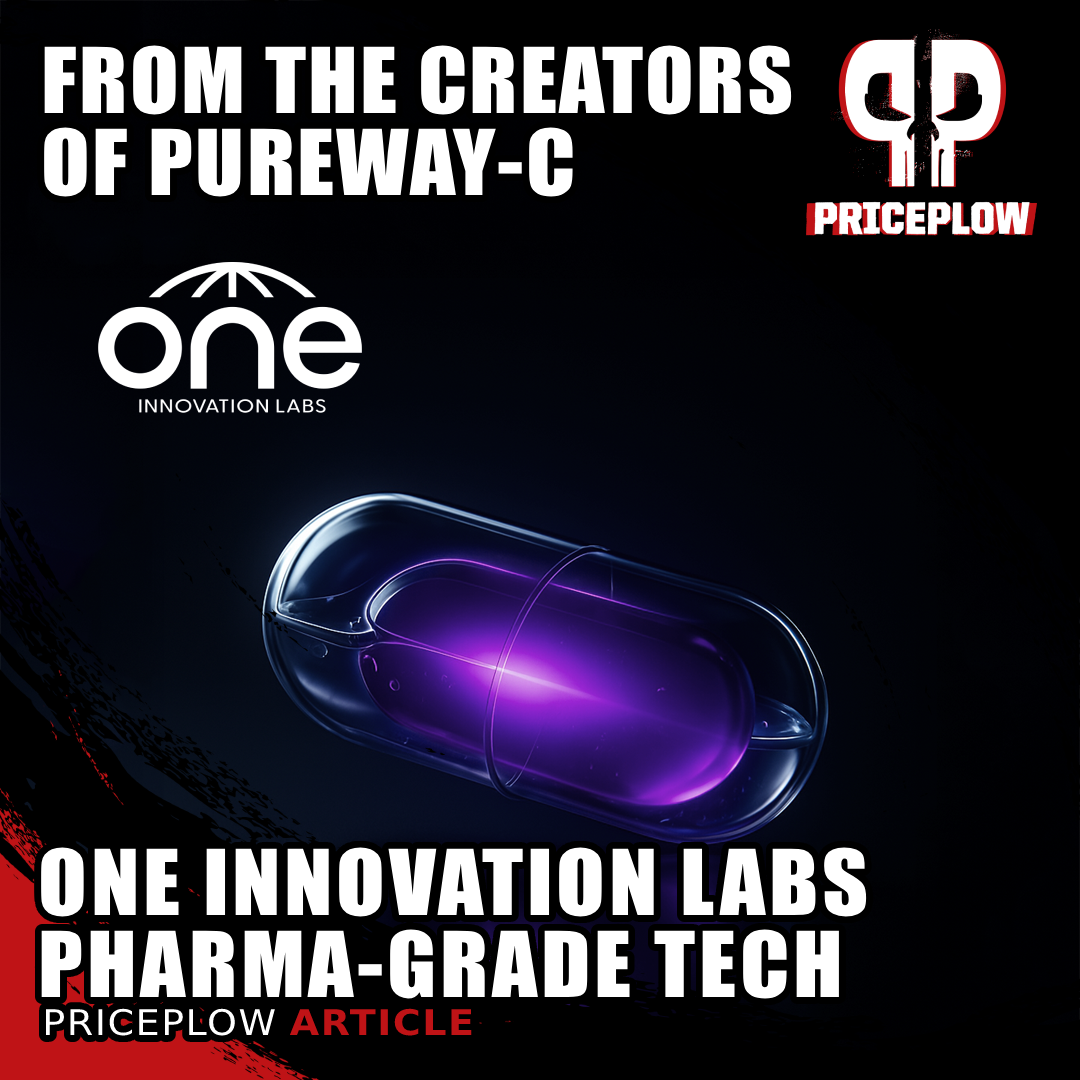
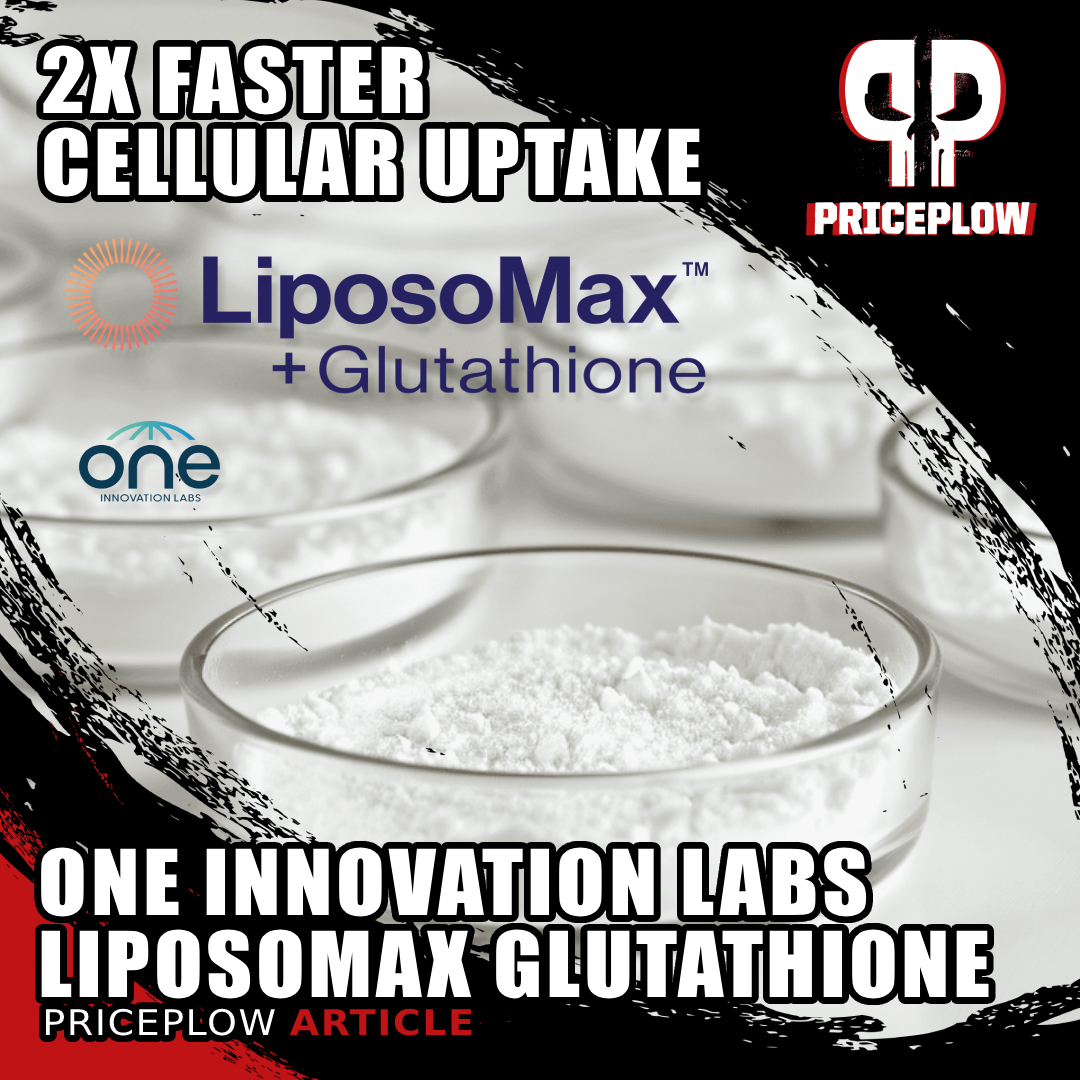
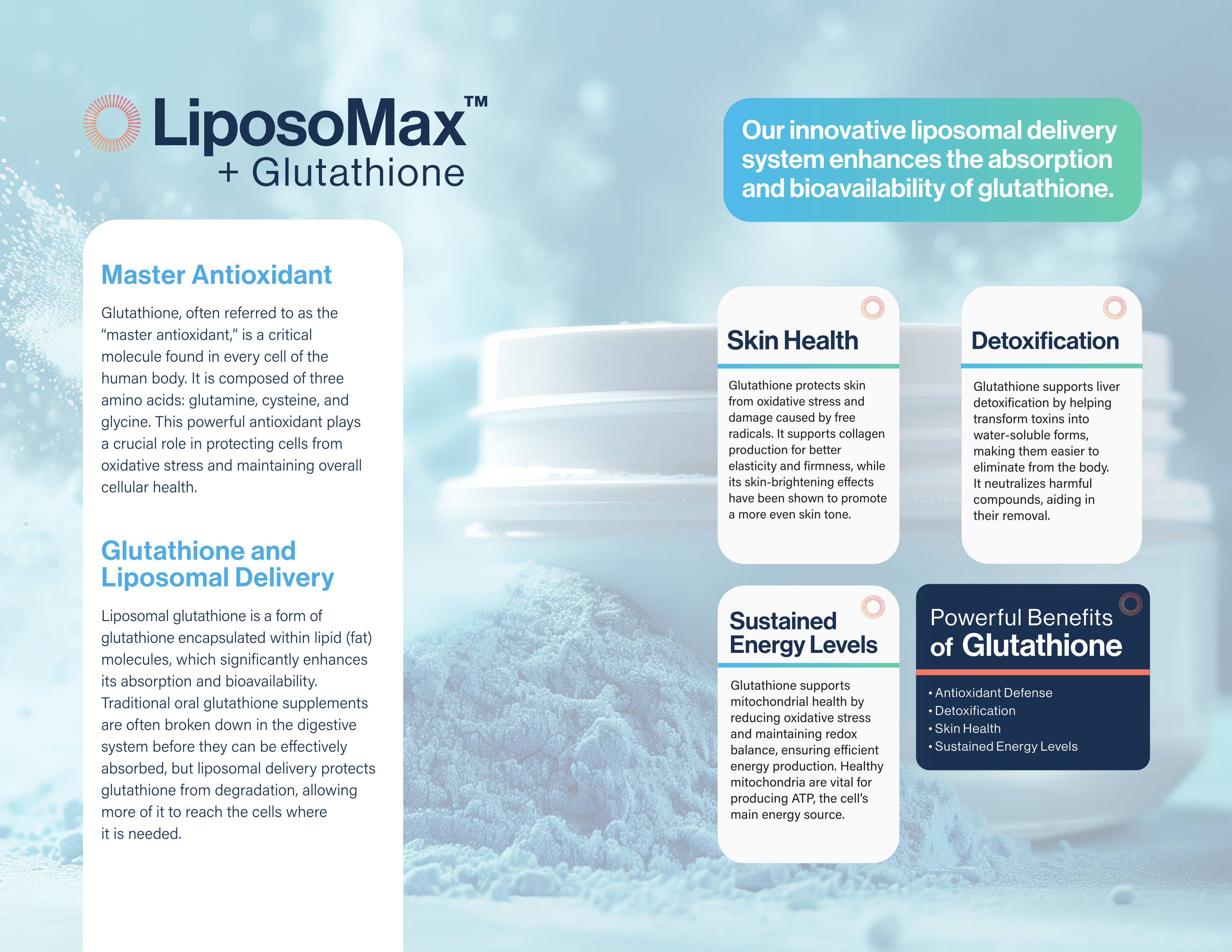
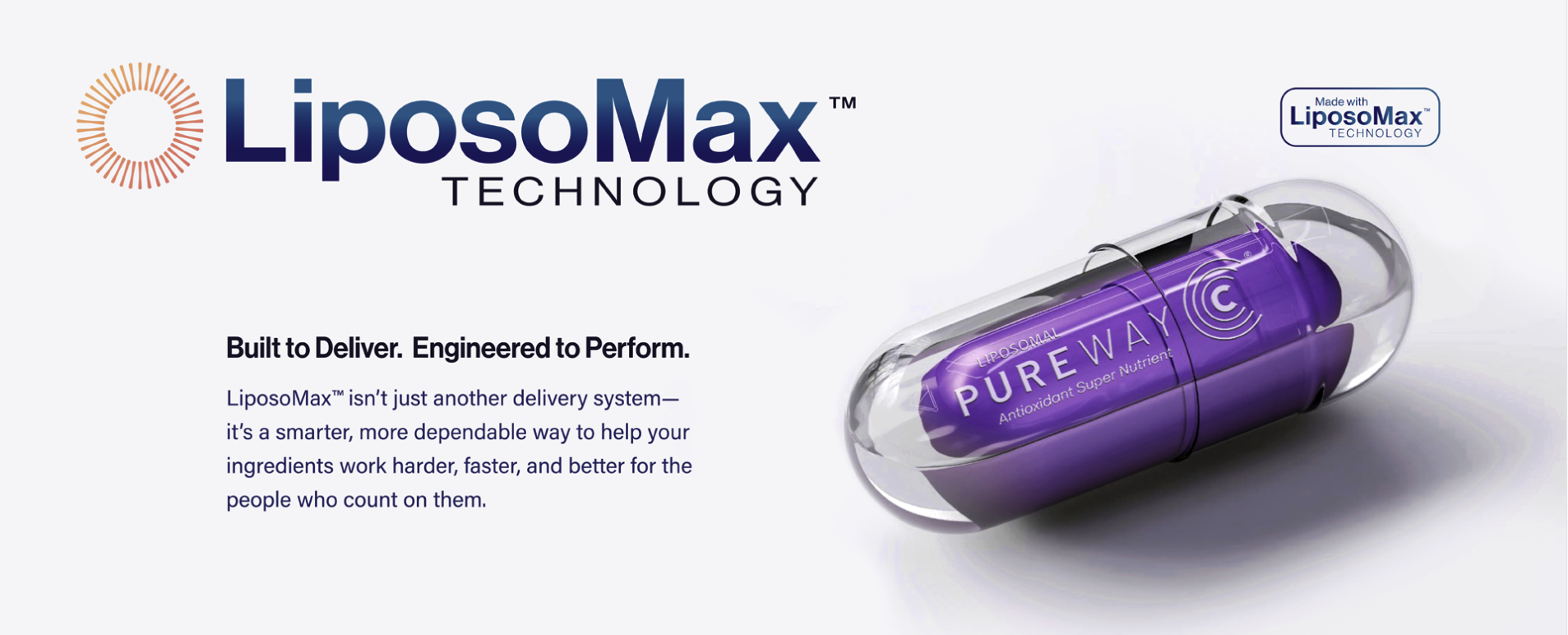

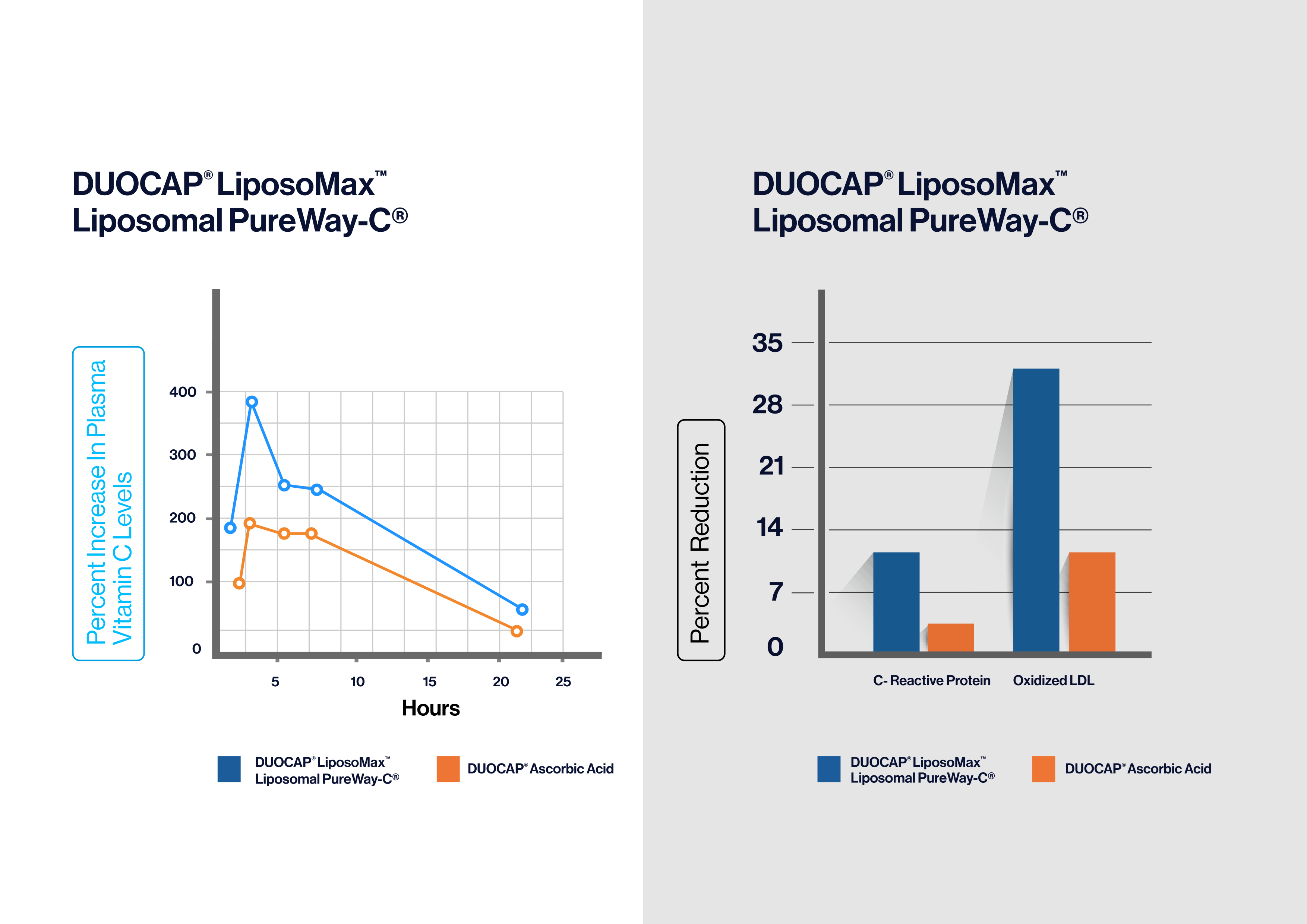

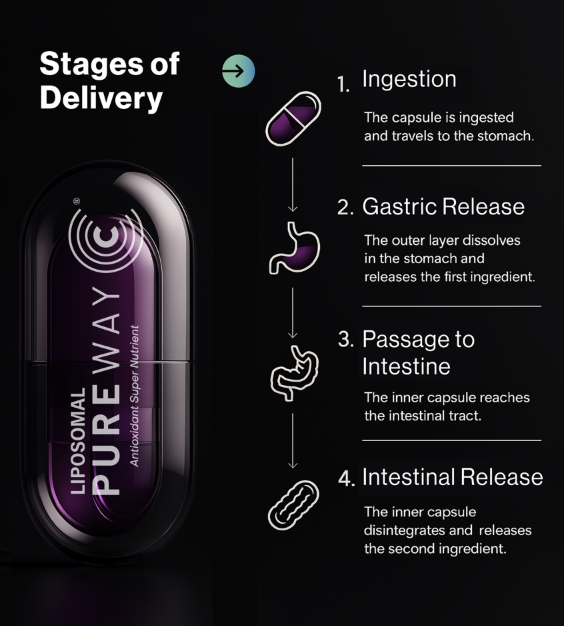
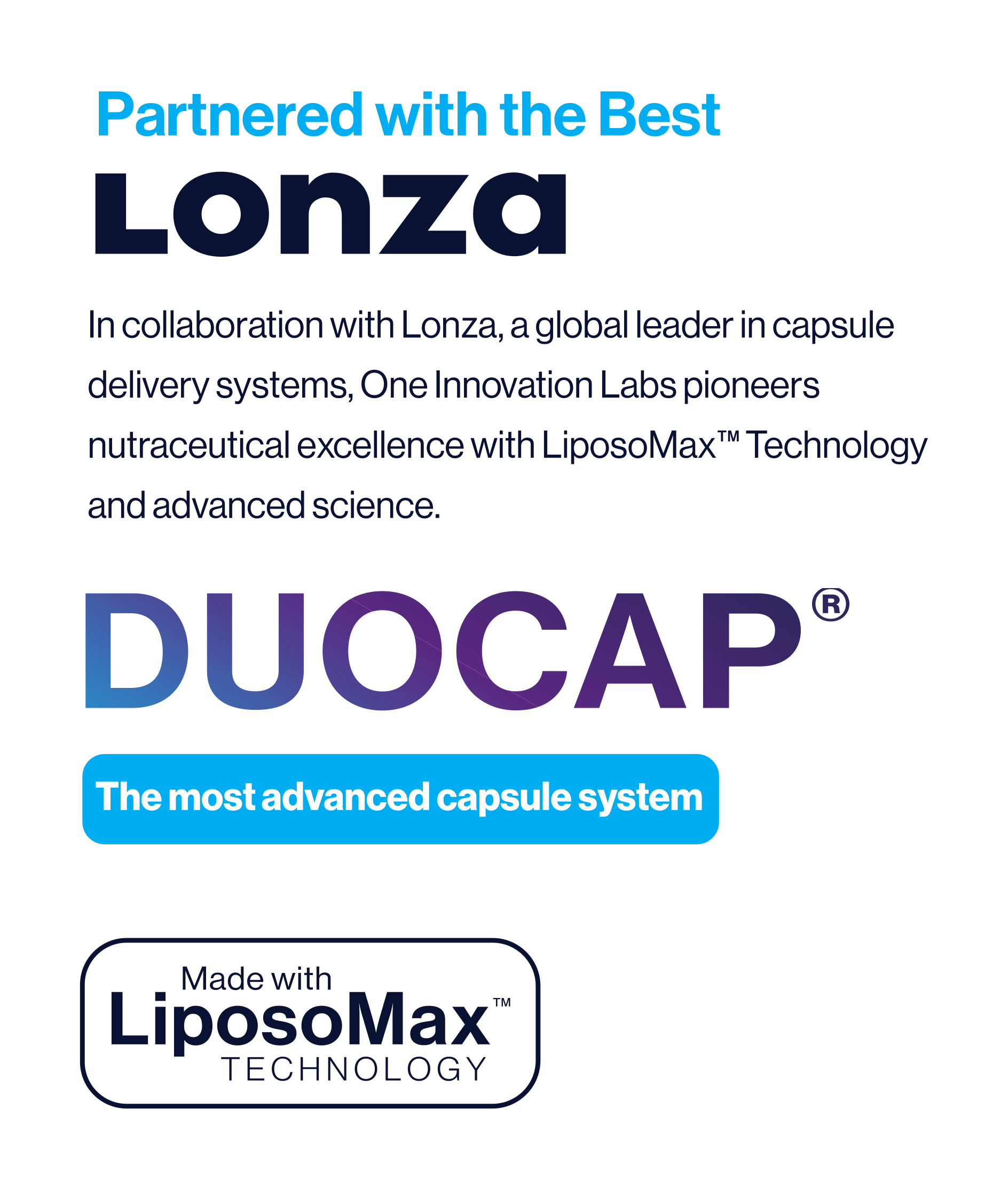
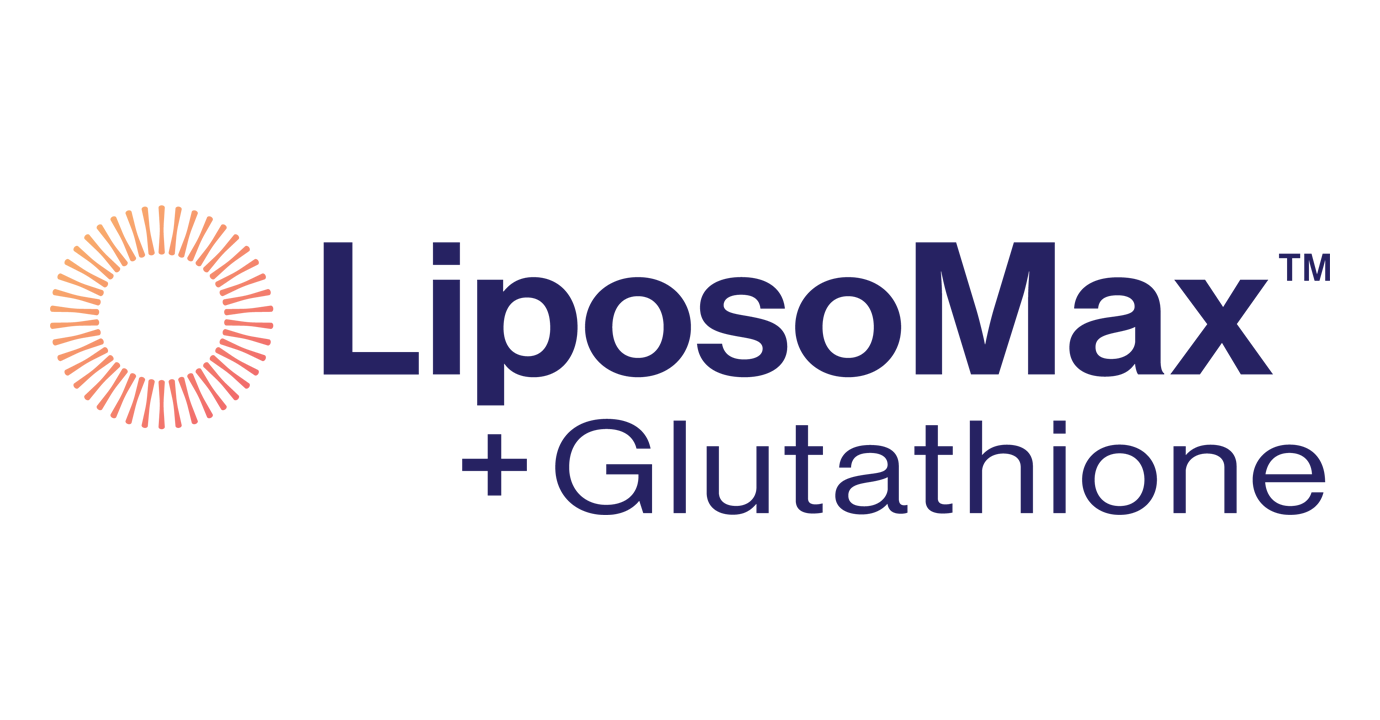
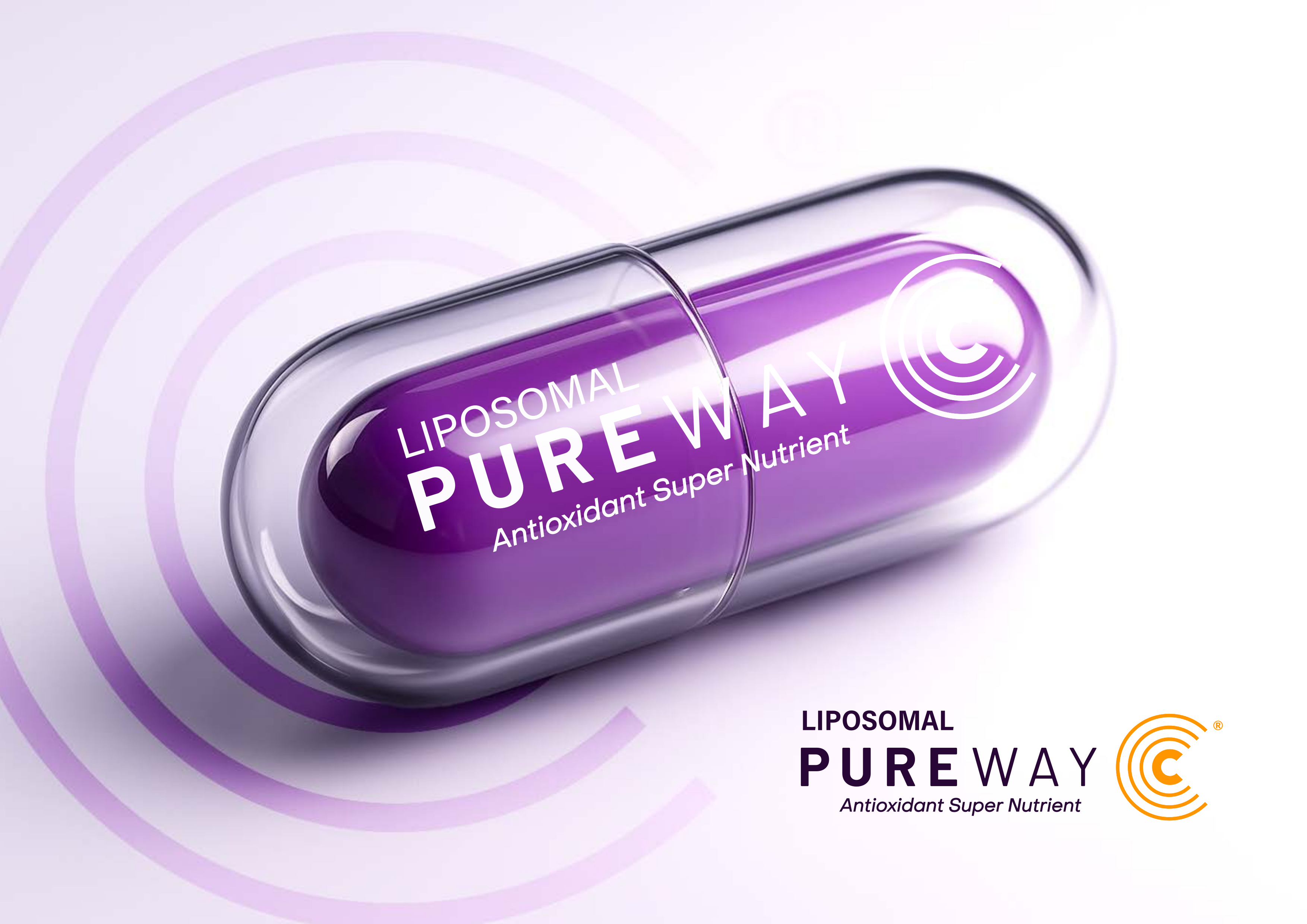
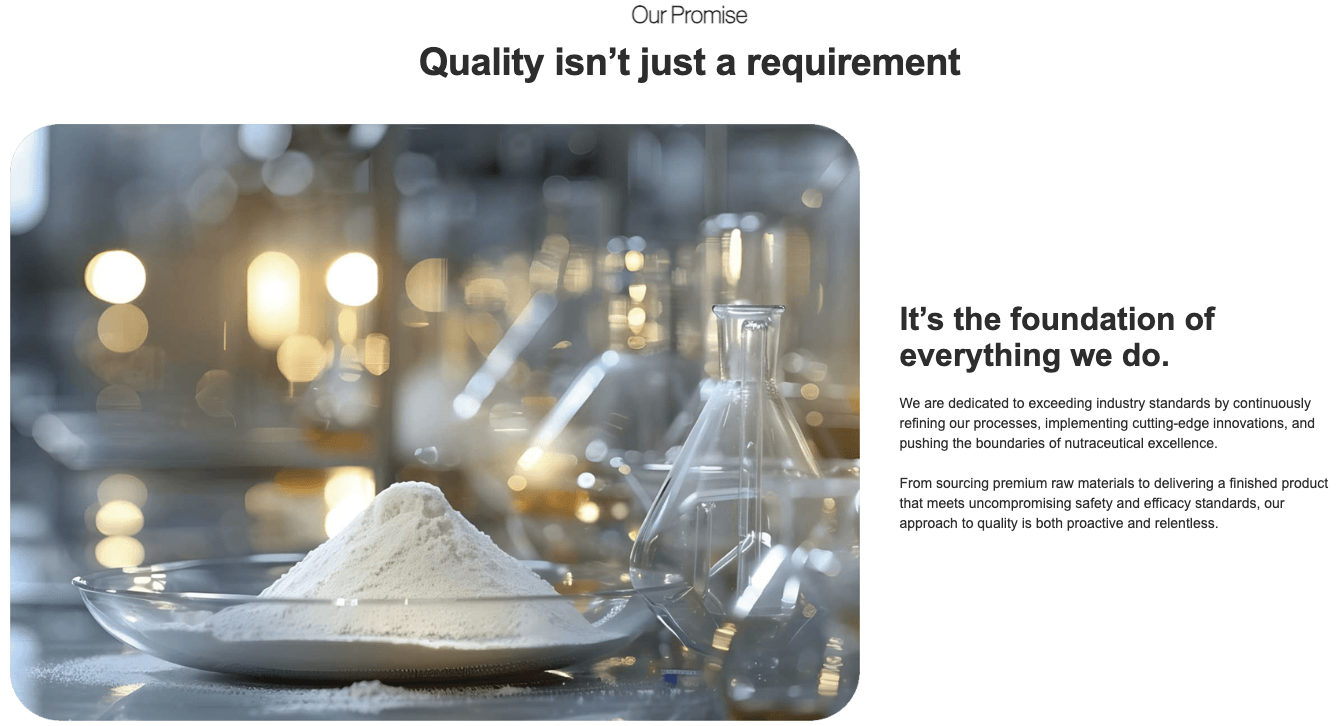
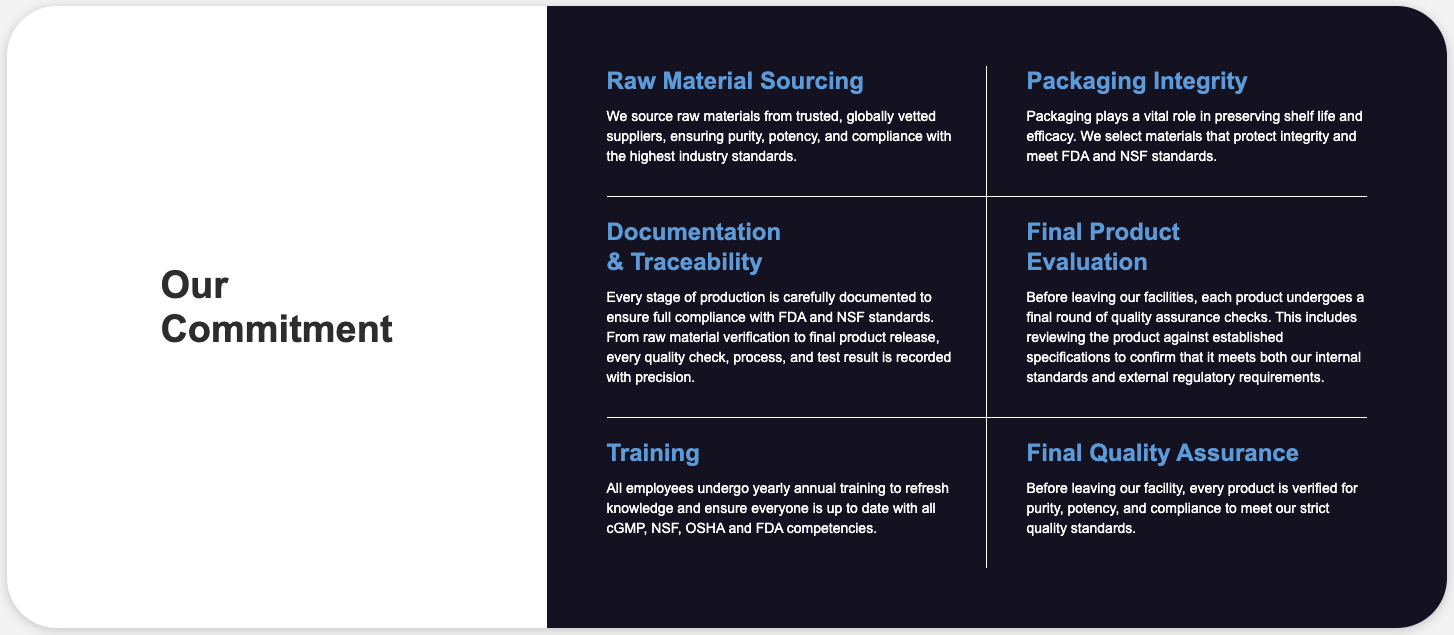
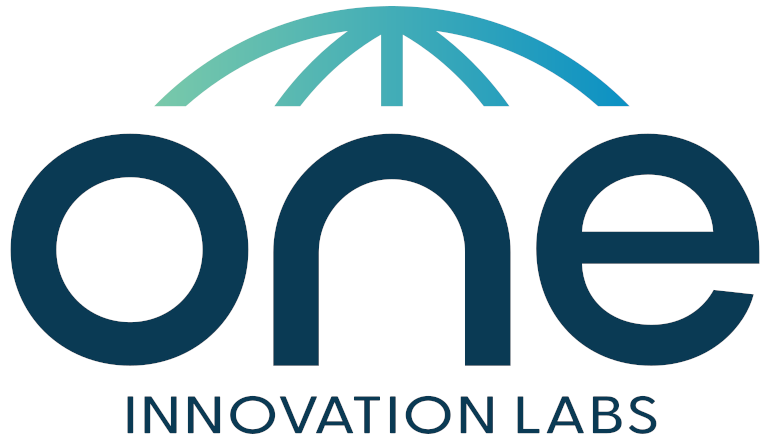
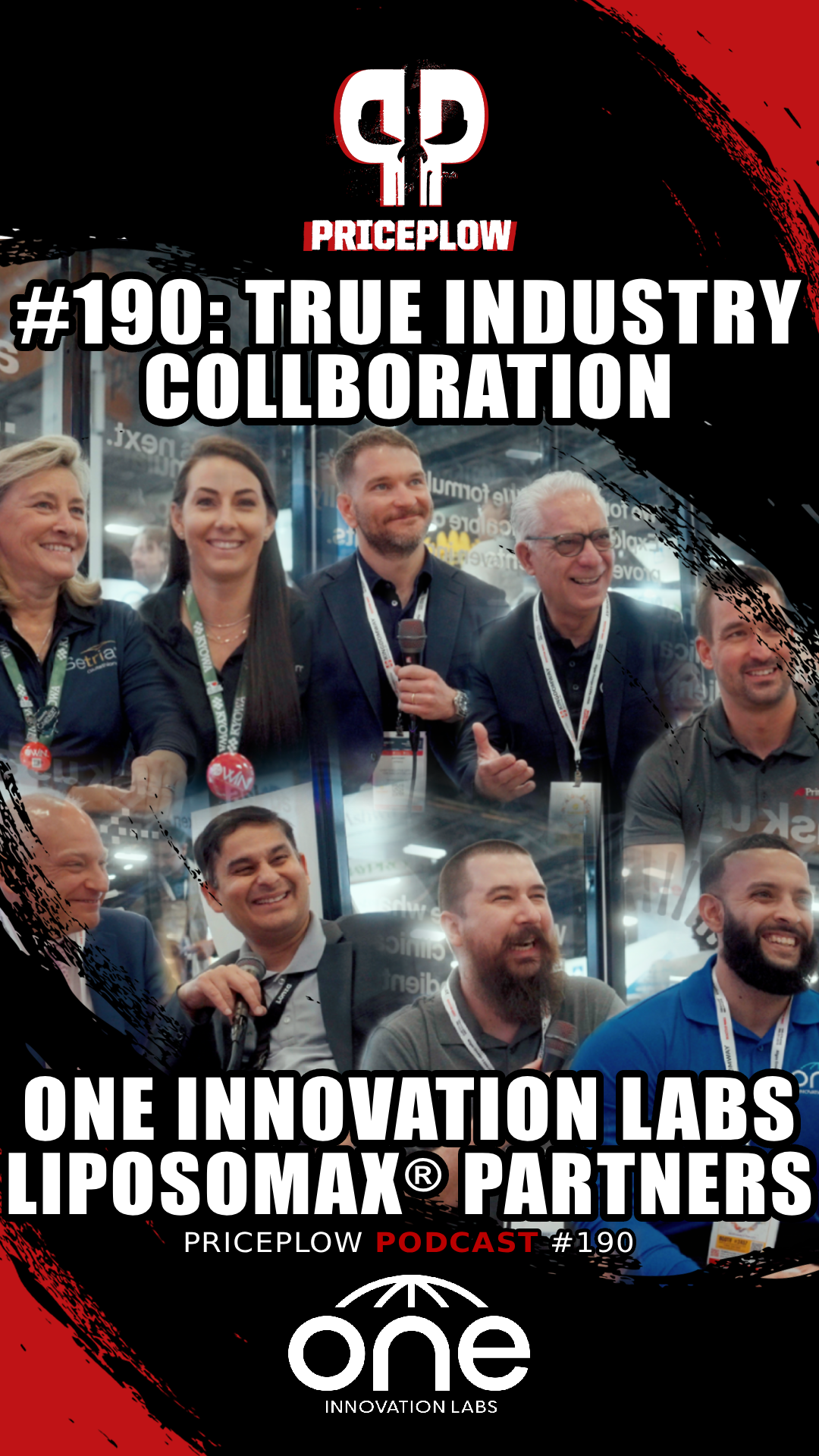


Comments and Discussion (Powered by the PricePlow Forum)